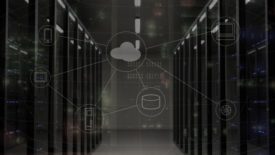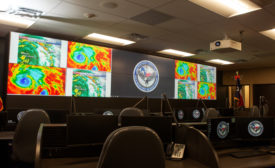Security Leadership and Management
Leadership & Management
Humor in leadership? Funny you should ask
Sometimes it’s better to disarm than to arm. Put another way, humor can be both a powerful leadership and tactical tool for security.
March 3, 2021
Leadership and Your Security Career
Secure your mask before others: Preventing security burnout
March 3, 2021
Sign-up to receive top management & result-driven techniques in the industry.
Join over 20,000+ industry leaders who receive our premium content.
SIGN UP TODAY!Copyright ©2024. All Rights Reserved BNP Media.
Design, CMS, Hosting & Web Development :: ePublishing














